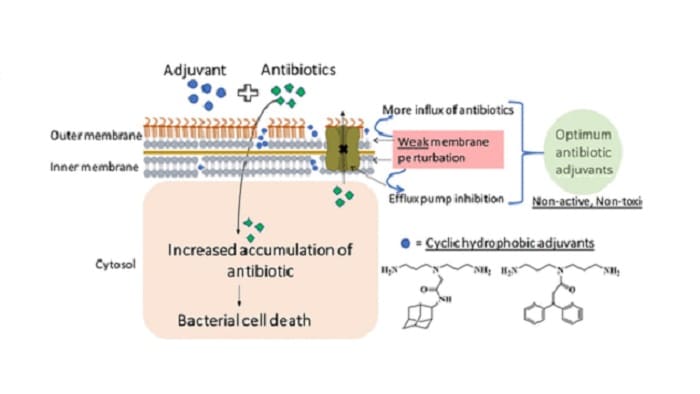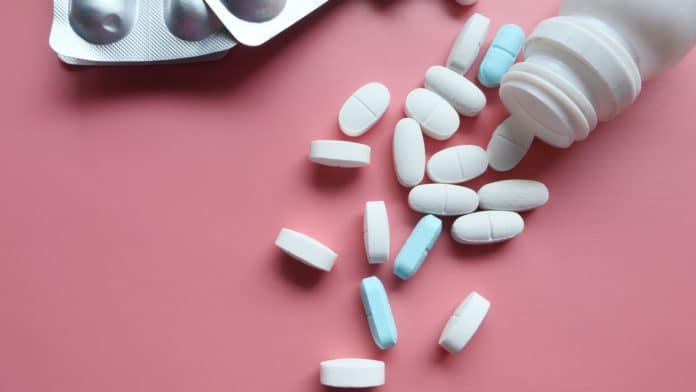According to the World Health Organization, the bacterias- Acinetobacter baumannii, Pseudomonas aeruginosa, and Enterobacteriaceae- are resistant to carbapenems. There are few treatment options available to treat infections caused by these bacterias- which involve the use of combinations of various antibiotics.
The combination therapy is an attractive target considering its role in various multidrug-resistant elements. However, this strategy is crippled by the toxicity associated with these agents. Hence, developing novel, non-conventional therapeutic strategies to deal with these pathogens is essential.
Scientists at JNCASR, an autonomous institute of the Department of Science and Technology, have developed a new approach to revitalize the efficacy of existing antibiotics. Their approach involves using antibiotics in combination with antibiotic adjuvants — ingredients that can help counter resistance to existing antibiotics. The ingredients can disturb the bacterial membrane, thereby countering bacterial resistance to multiple classes of antibiotics.
As scientists reported, this approach can be used against the most critical group of bacteria. It can help counter the rising menace of anti-microbial resistance.
When scientists added cyclic hydrophobic moieties to a triamine-containing chemical, adjuvants were created that slightly disturbed bacterial membranes. This led to the countering of membrane-associated resistance elements like the permeability barrier and the efflux pumps’ ejection of antibiotics. These adjuvants potentiate the antibiotics, which were efficient in killing bacteria when combined with antibiotics that had been ineffective because of such membrane-associated resistance components.
Combining the adjuvant with antibiotics like fusidic acid, minocycline, and rifampicin inactivates multidrug-resistant Gram-negative bacteria. These include Acinetobacter baumannii, Pseudomonas aeruginosa, and Enterobacteriaceae.
Scientists reported to DST, “The study highlights the chemical intuition and extent of membrane-perturbation required to design non-active and non-toxic adjuvants. A non-active adjuvant would also put less pressure on the bacteria to develop resistance to it. Moreover, weak membrane perturbation would result in less toxicity.”

To add value to the work, scientists plan to validate it in in-vivo model systems. They will also conduct preclinical studies.
Journal Reference:
- Small-Molecular Adjuvants with Weak Membrane Perturbation Potentiate Antibiotics against Gram-Negative Superbugs. Geetika Dhanda, Riya Mukherjee, Debajyoti Basak, and Jayanta Haldar. ACS Infectious Diseases 2022 8 (5), 1086-1097. DOI: 10.1021/acsinfecdis.2c00092
